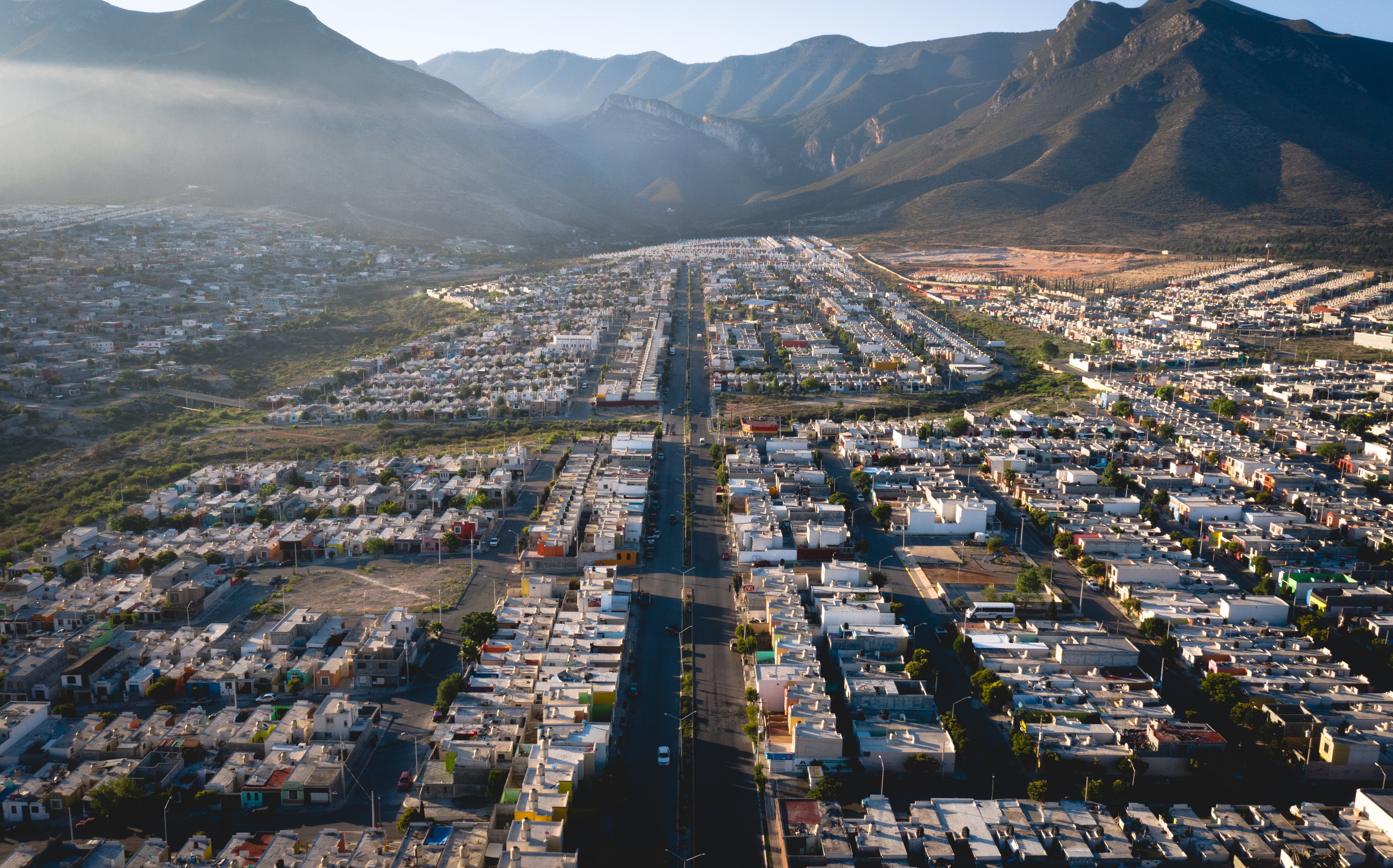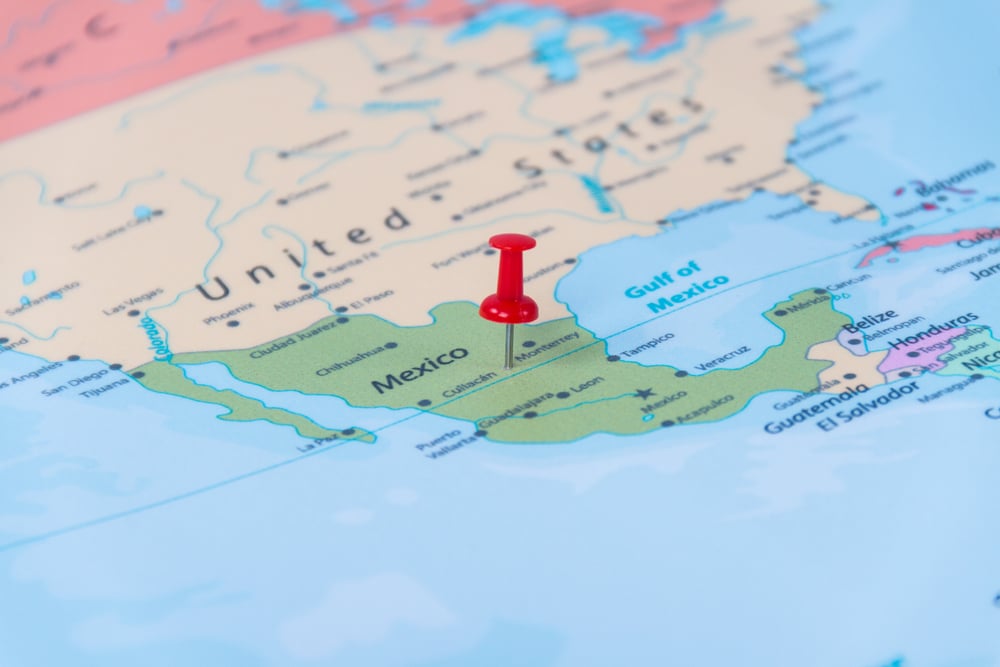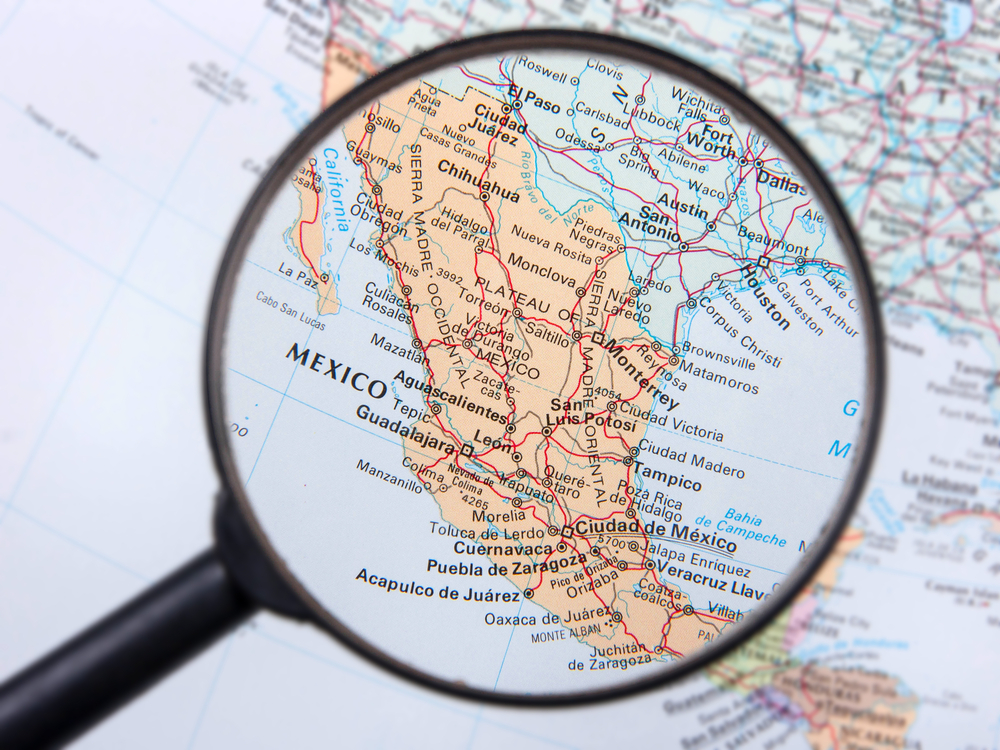In the journey to more cost-competitive manufacturing, site selection is a critical first step. Manufacturers already sold on the many advantages of manufacturing in Mexico must determine which region or state will provide the most significant balance of low cost, logistics connectivity, and labor availability.
Are you wondering what site selection variables you should consider in your search for the ideal location for your maquiladora in Mexico? Below we outline four of the variables to consider as well as three strategies for evaluating your findings.
Does the site meet your project needs?

While this may seem obvious at a glance, the first step in your site selection process should be to identify how well the location can meet your essential needs, including the following factors:
1. Workforce availability
Companies may start by gathering data on regions’ populations, demographics, and trends. There may be ample labor available today, but do long-term demographic projections forecast that this labor availability will be at this site in the next five, ten, or twenty years?
Also, consider educational attainment in the area to ensure you’ll be able to fill supervisory or more technical positions as needed today or in the future. Understanding local unemployment rates and existing industry presence can indicate just how much competition exists for this available labor, a factor that could push up wages. Finally, be sure to gather information on local wage rates and union rates to begin to evaluate how labor in each region will impact your operational costs.
2. Infrastructure and connectivity
A region with abundant, low-cost labor may look good until you discover that the lack of competition is due to a shortage of supporting infrastructure. As you evaluate regions, and specific industrial real estate, ensure that there is connectivity. This includes both utilities—water, sewer, electric, gas, internet, and the like—as well as transportation routes. If you’re focusing on delivering product to the U.S. market, a location along Mexico’s NAFTA highway can ensure rapid delivery. If you’re exporting globally, you may want a location close to any of the country’s deepwater sea ports. Easy access to an international airport, with customs services, can be useful both for transporting goods and encouraging frequent site visits from other corporate locations.
3. Supply chain access
In addition to having the transportation infrastructure in place to efficiently move supplies into your factory, a true low-cost approach would also account for the local availability of supplies and materials. Mexico is home to a number of industrial clusters, where manufacturers locate to benefit from economies of scale and easy access to critical materials. By working with local suppliers, manufacturers can build those strong relationships that lead to improved communication and flexibility.
While your organization’s list of critical needs may vary, these three criteria should start the list of site selection variables to consider.
Determine direct and indirect costs in Mexico

Your primary goal driving site selection in Mexico is likely low-cost manufacturing. To achieve the lowest overall costs, it’s essential to consider all factors, including:
- Start-up costs: This includes the cost of your real estate and any work needed to connect to utilities. However, it also includes regulatory and permitting costs that may be associated with a particular region.
- Operational expenses: Site selection variables discussed above, such as labor rates and energy and other real estate-related costs, should be identified early on as best as possible. In many cases, reaching out to partners experienced in the region for local, on-the-ground insight can help secure accurate numbers.
- Inbound and outbound distributions costs: Proximity to your suppliers and customer base will make a big difference in your overall costs. In fact, moving further away from your customer base can potentially offset any cost savings gained by moving to a low-cost operating country.
Consider, too, any repercussions that could cost the company, such as excessive transportation of material or a loss of customer receptiveness due to locating too far away from your consumer base.
Identify real estate options in Mexico
Whether you’re weighing greenfield costs or brownfield availability, industrial real estate costs and availability will certainly factor into your site selection decision. In most cases, the evaluation criteria may be unique to your organization. For example, you may find demand in Saltillo to be too high to secure a site that meets your specific needs, or you may decide this highly cost-competitive location provides the dense location of suppliers that you need to further cut costs. In your real estate site analysis, take time to do sufficient due diligence to ensure you’re evaluating objective criteria.
Negotiate for incentives
The Mexican federal government works to ease restrictions on trade and create an environment conducive to business and investment. The IMMEX program, for example, provides a variety of tax benefits around corporate income tax, payroll tax, and value-added tax payments. Mexico’s numerous free trade agreements ensure tariff-free shipment of goods around the world.
States across the country also negotiate with manufacturers and offer incentives to help offset operational start-up expenses. Reach out to states you may be considering to understand what incentives may be available to meet your unique needs.
Macro analysis methods for site evaluation
As you gather these site selection variables, consider the framework you’ll use for evaluation which site provides the best balance. Consider choosing one of the following three methodologies for macro analysis of alternative regions, sub-regions, and communities for your manufacturing site.
Factor rating system
This industrial site selection strategy is among the most commonly used, perhaps because it provides the easy to apply format for evaluating site selection variables. Here’s how it works:
- First, you list the major factors affecting a set of possible sites.
- Next, assign a point value as to how well how each site meets each factor on your list.
- Finally, total up to assigned points for each site. The site with the most points awarded is likely your best bet.
Transportation method
Two common goals in site selection are to minimize the cost of shipping and/or maximize the revenue of shipping. This technique helps evaluate potential future sites by focusing on this criterion. The transportation method of analysis represents a linear encoding technique for addressing the transport of products from assorted sources to a range of destinations. The method can involve using Excel or a similar application to solve different types of problems.
Centroid method
The Centroid method is based on math formulations that aim to determine the location that provides the lowest shopping cost, shipping time, or both to maximize profit. It is often used to locate single facilities, such as transitional or dispersal warehouses. It factors in the availability of existing amenities, the space between them, and the amount of goods to be shipped, among other criteria. This methodology assumes that inbound and outbound transport costs are roughly equal, and focuses on shipping costs only for full loads.
Tailor your site selection list
Every manufacturing operation is likely to have its unique site selection variables, and gathering this information can be complex. However, once you’ve selected the right global region or country for your needs, it becomes easier to find a partner who can help you pinpoint the perfect site for developing a profitable new operation.
If you’re ready to find a manufacturing venue in Mexico that works for you, contact Tetakawi today.
Subscribe
Sign up and stay informed with tips, updates, and best practices for manufacturing in Mexico.





